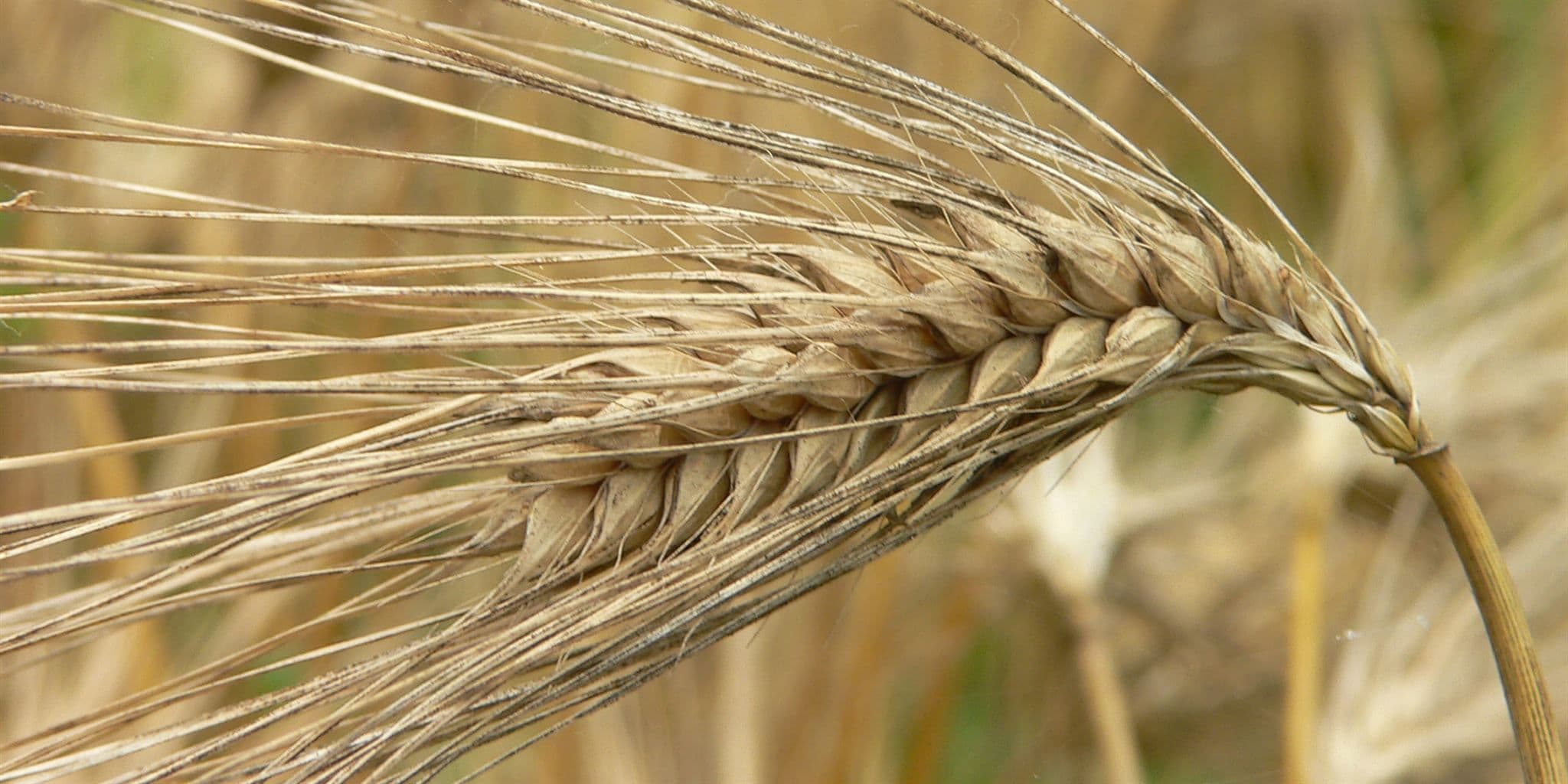Evidence #100 | September 19, 2020
Book of Mormon Evidence: Barley
Post contributed by
Scripture Central

Abstract
The Book of Mormon’s mention of barley in a New World context was long thought to be an anachronism in the text, yet it is now known that a species of barley was indeed a cultivated crop in the Americas during Book of Mormon times.The Book of Mormon mentions that barley was grown by the Nephites (Mosiah 7:22; 9:9), and that this crop played an important role in their system of weights and measures (Alma 11:7, 15). It was long believed that barley did not exist in pre-Columbian America, but that assumption is incorrect. There are actually three types of wild barley native to the Americas, and in 1983 archaeologists uncovered domesticated samples of a species called “little barley” at a pre-Columbian (ca. AD 900) site in Arizona.1
Little barley has since been found throughout the Mississippi River valley,2 where it was a major staple during the Middle (ca. 200 BC–AD 500) and Late Woodland (ca. AD 500–1000) periods, and “likely cultivated specimens” have also been found dating to as early as 800 BC in Iowa.3 According to Michael T. Dunn and William Green, “extensive archaeological evidence also points to the cultivation of little barley in the Southwest and parts of Mexico.”4
Little barley may have diffused to other regions of the Americas which were known to trade goods, including crops, with the southwest and eastern United States.5 Whatever the extent of its cultivation and distribution may have been, evidence demonstrates that a type of barley was indeed a highly important crop in some parts of ancient America during Book of Mormon times.
Book of Mormon Central, “How Can Barley in the Book of Mormon Feed Faith? (Mosiah 9:9),” KnoWhy 87 (April 27, 2016).
John L. Sorenson and Robert F. Smith, “Barley in Ancient America,” in Reexploring the Book of Mormon: A Decade of New Research, ed. John W. Welch (Salt Lake City and Provo, UT: Deseret Book and FARMS, 1992), 130–132.
Tyler Livingston, “Barley and the Book of Mormon: New Evidence,” Book of Mormon Archaeological Forum (2010).
- 1. See John L. Sorenson and Robert F. Smith, “Barley in Ancient America,” in Reexploring the Book of Mormon: A Decade of New Research, ed. John W. Welch (Salt Lake City and Provo, UT: Deseret Book and FARMS, 1992), 130–132. See also, John L. Sorenson, Mormon's Codex: An Ancient American Book (Salt Lake City and Provo, UT: Deseret Book and Neal A. Maxwell Institute for Religious Scholarship, 2013), 303.
- 2. For a listing of several places it has been in the mid-west and eastern United States, see Tyler Livingston, “Barley and the Book of Mormon: New Evidence,” Book of Mormon Archaeological Forum (2010).
- 3. Dunn and Green, “Terminal Archaic and Early Woodland Plant Use,” 64, state that grains of little barley found at Gast Springs were dated to 2800 +/– 45 BP (BP stands for “before present,” hence 2800 BP is approximately 800 BC).
- 4. Dunn and Green, “Terminal Archaic and Early Woodland Plant Use,” 64.
- 5. See Livingston, “Barley and the Book of Mormon”; John L. Sorenson, “Mesoamericans in Pre-Columbian North America,” in Reexploring the Book of Mormon, 218–219.